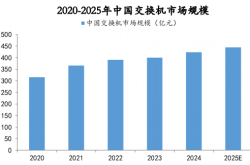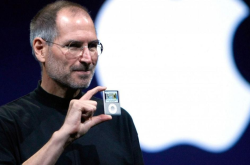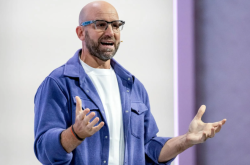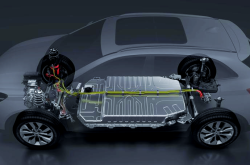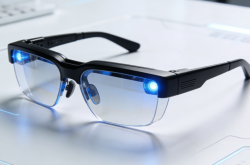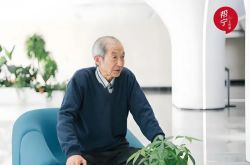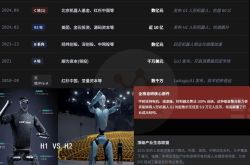Why Can the Audi Q6L e-tron Stand Tall Against New Emerging Intelligent Electric Vehicle Players?
![]() 09/10 2025
09/10 2025
![]() 470
470
Lead | Introduction
Amidst the sweeping electrification trend in the automotive industry, FAW-Audi has recently made a bold statement: 'Only when the four rings interlock is it truly Audi.' This declaration underscores their commitment to preserving the dignity and heritage of traditional luxury automotive craftsmanship.
Published by | Heyan Yueche Studio
Written by | Cai Jialun
Edited by | He Zi
Full text: 2,043 characters
Reading time: 4 minutes
Traditional luxury brands, epitomized by BBA (BMW, Benz, Audi), are navigating the tumultuous waters of electric transformation. In their quest for breakthroughs, they are increasingly collaborating with emerging forces. The Audi Q6 e-tron, the first model co-developed by FAW-Audi and Huawei, seamlessly integrates Chinese intelligent driving technology while preserving core technical DNA, such as the iconic quattro electric all-wheel drive. Amidst the onslaught (chōngjī, meaning 'impact' or 'challenge') from new automotive forces redefining vehicles through 'software,' a debate arises between FAW-Audi and SAIC-Audi: Has the 'soul' of traditional luxury automakers been transformed by electrification, or does it persist in a new guise?
Chinese Intelligent Driving Meets German Engineering
Before delving into the 'soul' debate, let's assess Audi's progress post-electrification.
The A5L—Audi's first fuel vehicle equipped with Huawei's Qiankun Intelligent Driving System—and the Q6L e-tron—Audi's first pure electric mid-size SUV featuring the same system—mark significant milestones. From a product perspective, Audi's years of strategic pivoting and positioning in China's new energy vehicle sector seem to have culminated in intelligent and electrified models that blend German essence with local flair.
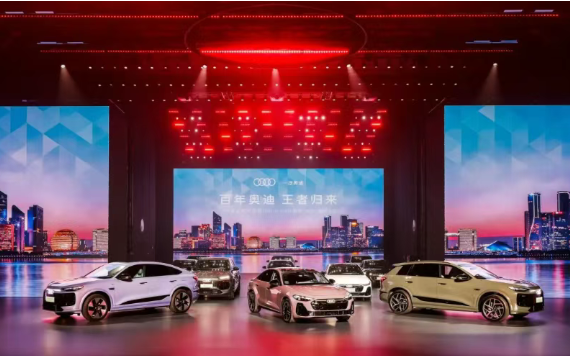
The Audi Q6L e-tron, in particular, stands out as the first mass-produced SUV from Audi's PPE luxury pure electric platform. This vehicle not only signifies Audi's deepened commitment to the Chinese market but also sends a powerful industrial message: traditional luxury brands can indeed achieve both luxury and intelligence in the new energy era.
From a comprehensive product standpoint, the Q6L e-tron, powered by the PPE pure electric platform and a 107 kWh CATL battery, supports universal 800V high-voltage fast charging. This translates to 294 km of range in just 10 minutes of charging. It can recharge from 10% to 80% SOC in a mere 20 minutes and is compatible with various 800V/400V charging systems, offering a CLTC pure electric range of 765 km.
In terms of intelligent driving, the Audi Q6L e-tron adopts Huawei's Qiankun Intelligent Driving Solution. It boasts dual LiDAR, 12 cameras, five millimeter-wave radars, and 12 ultrasonic radars, enabling comprehensive intelligent navigation for both highway and urban driving scenarios.
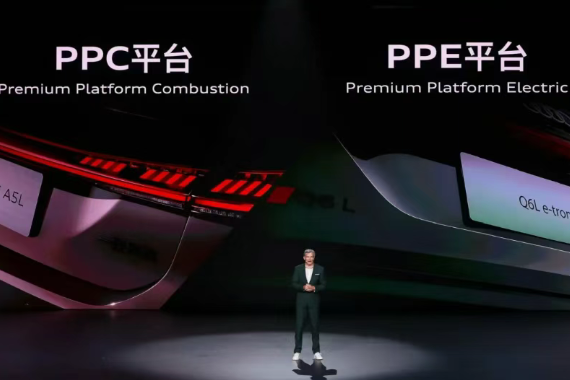
Examining the core aspects of new energy vehicles—platform, powertrain, and intelligent driving—the Audi Q6L e-tron indeed reaches the mainstream level of Chinese pure electric mid-large SUVs. It even surpasses the BMW iX3 and Mercedes-Benz EQC by a generation in terms of technological advancement.
However, the question remains: Can the Q6L e-tron, which marries Chinese intelligent driving with German manufacturing prowess, truly compete with new emerging forces?
Technologically, while the PPE platform, introduced in 2022, supports 800V high-voltage charging—deemed 'adequate' for the current market—its electrical architecture lags half a generation behind competitors.
This is particularly evident in the in-car intelligent cockpit and E3 electronic electrical architecture. The Q6L e-tron's 'five-screen linkage (liándòng, meaning 'linked interaction')' layout is visually striking from a promotional perspective. However, official materials scarcely delve into the chipset powering the intelligent cockpit. Given Audi's complete reliance on Huawei for intelligent driving, the lack of a more thorough upgrade for the intelligent cockpit raises questions about cost-cutting measures.
The Q6L e-tron's E3 1.2 electrical architecture is essentially an upgraded version of Volkswagen's MEB platform's E3 1.1. Volkswagen is poised to introduce the E3 2.0 architecture, which features a more integrated 'central computing architecture' with higher computational power and faster data transmission. In contrast, the E3 1.2 architecture separates vehicle computation and control across five independent computers.
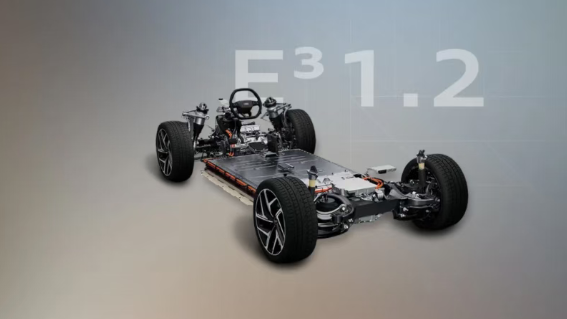
Whether due to market timing or brand strategy, the Q6L e-tron missed the opportunity to debut with the latest electrical architecture—a somewhat regrettable oversight.
In terms of product positioning, the Chinese market for pure electric mid-size SUVs is already saturated with popular and high-selling models like the Xiaomi YU7, Leitao L90, XPeng G7, Tesla Model YL, and even the Li Auto i8. This list merely scratches the surface of new emerging forces, let alone products from traditional domestic premium brands. It is foreseeable that the Q6L e-tron faces an uphill battle in this fiercely competitive segment.
When considering daily usability and purchasing decisions, models like the Leitao L90 and NIO ES8, through their Battery as a Service (BaaS) leasing programs, have effectively brought mid-large SUV pricing into the mid-size SUV realm. Coupled with a maturing fast battery swap network, NIO's ecosystem offers long-term advantages in energy replenishment that 800V high-voltage fast charging cannot match. For products with strong brand appeal like the Tesla Model YL and Xiaomi YU7, the question arises: How much brand prestige and premium (yìjià, meaning 'premium') can the Q6L e-tron command?
Therefore, instead of pitting the Audi Q6L e-tron directly against new emerging forces, we would prefer to see Audi leverage its traditional luxury brand heritage to drive even better performance in the new energy sector through purer electric offerings like the E5 and Q6L e-tron.
More Stable Than New Emerging Forces, Smarter Than Traditional Luxury
Can traditional luxury automakers retain their 'soul' after undergoing Chinese intelligent and electric transformations?
Judging by the product characteristics of the Audi Q6L e-tron and Audi A5L, both equipped with Huawei's intelligent driving systems, ordinary consumers can easily recognize these as Audis in terms of exterior design, interior craftsmanship, and even driving dynamics. Even the more 'Huawei-infused' SAIC Audi E5 exudes a distinct Audi flavor in design aesthetics and technological humanistic care.
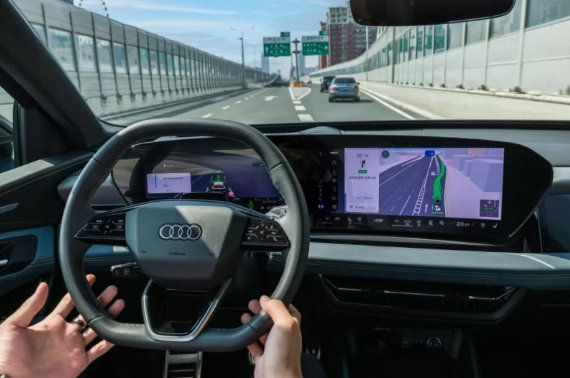
As China's new energy vehicle sector enters its next phase, integration and transformation between automakers and solution providers are not unique to Audi. BYD supplies powertrain systems to Toyota, Mazda fully adopts Changan's Deep Blue development platform, Mercedes-Benz uses Geely's Flyme Auto infotainment system, and Momenta adapts intelligent driving systems for various automakers. During the intelligentization (zhìnénghuà, meaning 'intelligentization') and electrification transformation, automakers must strike a delicate balance between their legacy systems and new electrified architectures. However, claiming they have lost their 'soul' seems overly dramatic.
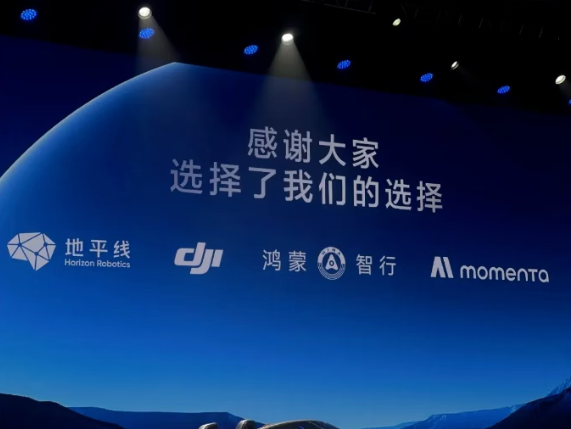
Moreover, for a century-old luxury brand like Audi, the essence of luxury does not lie in merely stacking parameters and configurations. It resides in emotional value, safety redundancy, and the harmonious balance of aesthetics and functionality. In other words, the 'luxury' of premium brands stems from the fusion of humanistic care and brand heritage. This is why emerging brands like Tesla are more often referred to as 'premium' rather than 'luxury.'
Commentary
Audi's electrification and intelligentization efforts with the E5, Q6L e-tron, and A5L demonstrate to Chinese consumers the brand's unwavering determination to transform in the new energy vehicle sector. In summary, Audi is more stable than new emerging forces and smarter than traditional luxury brands. However, for Audi and other luxury automakers to regain their top-tier status from the fuel (rányóu, meaning 'fuel-powered') era may require a long and arduous journey. Or perhaps, given that the Chinese market is no longer in an era of 'effortless profits,' that opportunity has already passed.
(This article is original to Heyan Yueche and may not be reproduced without authorization.)

